Toyota Supra (A90) will be discontinued next March, and the next generation model may be led by Toyota.
 JohnNov 14, 2025, 11:55 AM
JohnNov 14, 2025, 11:55 AM
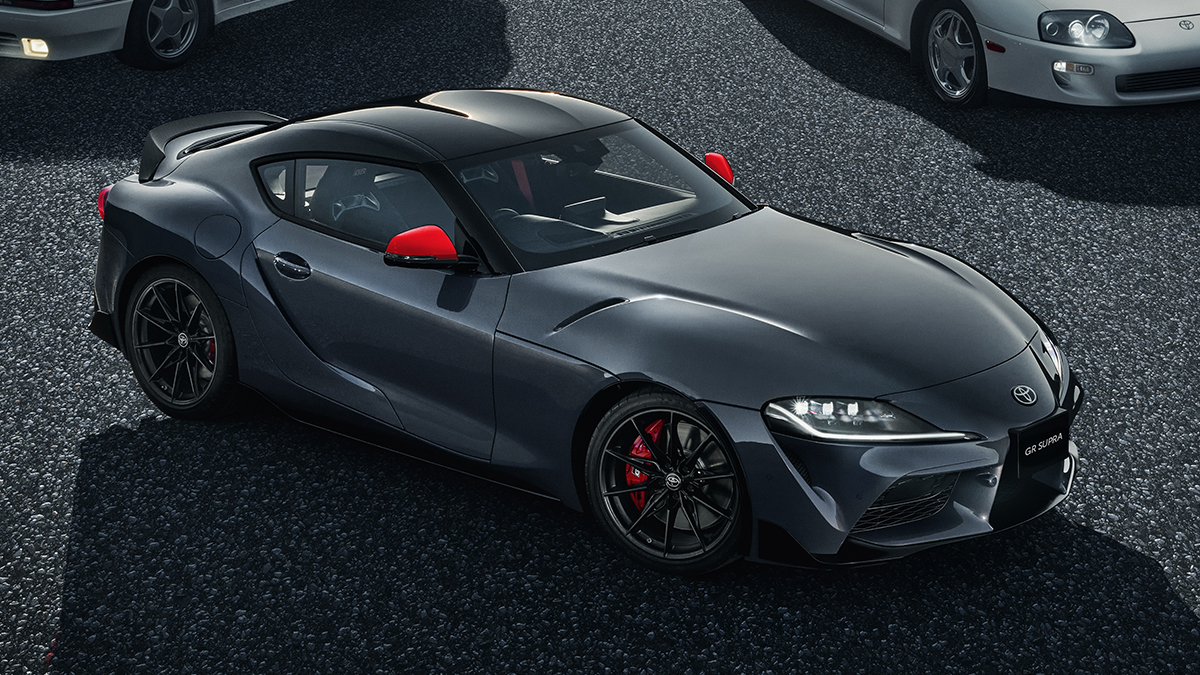 [PCauto] The fifth-generation Supra (A90) will be discontinued in March 2026, a few months from now. This generation of the Supra, it only made its comeback in 2019 and was originally initially slated for a 10-year production cycle. However, production is set to end in its seventh year, making it even shorter-lived than the previous generation Supra (A80, 1993-2002).
[PCauto] The fifth-generation Supra (A90) will be discontinued in March 2026, a few months from now. This generation of the Supra, it only made its comeback in 2019 and was originally initially slated for a 10-year production cycle. However, production is set to end in its seventh year, making it even shorter-lived than the previous generation Supra (A80, 1993-2002).
The underlying cause appears to be a steady decline in Supra (A90) sales. U.S. figures fell from 6,830 units in 2021 to 5,209 in 2023. Its performance in Europe was even more telling, with sales reaching only a third of the BMW Z4's volume. The model was overshadowed by both the rival Nissan Z and, notably, Toyota's own GR Yaris, which achieved stronger sales.
Akio Toyoda once said, "The Supra is being sold at a loss." With these sales figures, these figures present a bittersweet reality for Toyota.

Why would they revive the Supra despite selling it at a loss?
From a purely commercial perspective of sales and profit, the Supra A90 was unquestionably a failure. Yet Toyota's commitment endures, rooted in the vehicle's profound historical legacy and brand value—assets whose worth far outweighs its monetary cost.
Supra is the spiritual icon of Toyota's performance car lineup
The story of the Supra began in 1978. The first generation was called the Celica Supra, equipped with a 2.6L inline six-cylinder engine and positioned as a high-end GT sports car.
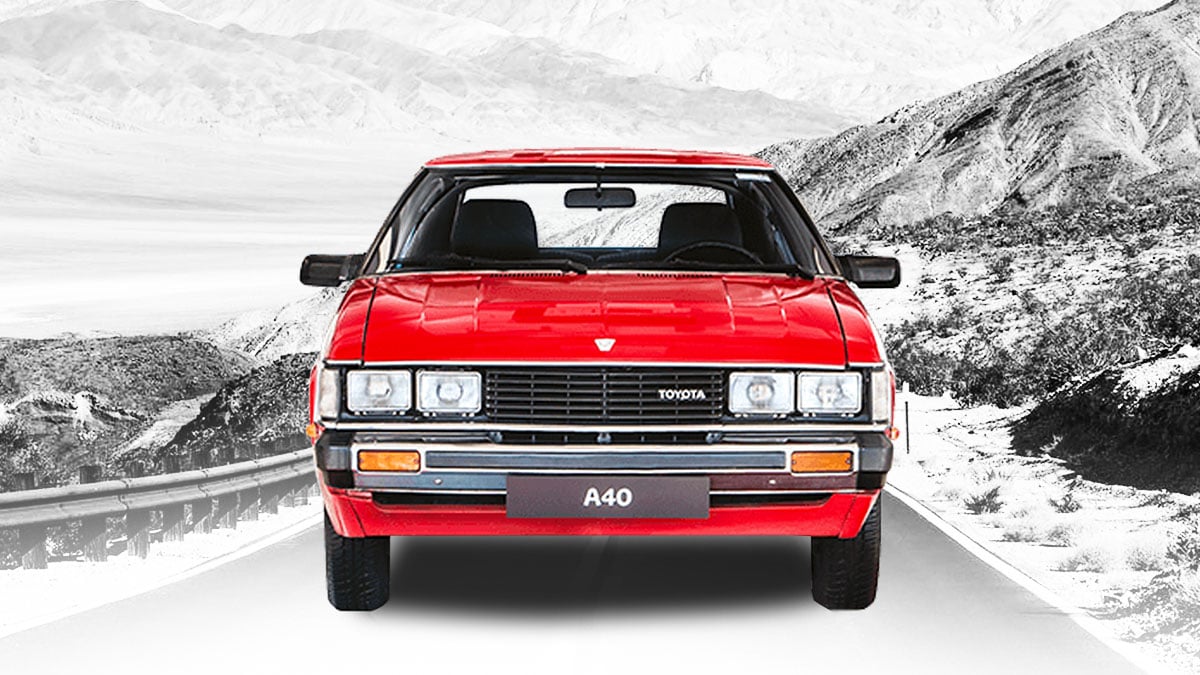
The model reached its zenith in 1993 with the fourth generation (A80), which debuted the famed 3.0L 2JZ-GTE twin-turbo engine. Though officially capped at 280 horsepower due to Japan's "Gentleman's Agreement," the engine's cast-iron block was renowned for its ruggedness and untapped potential. This allowed tuners worldwide to push its output well beyond a thousand horsepower with relative ease.

Paul Walker drove it in "Fast and Furious film series," and it frequently appeared in the "Need for Speed" games, turning the A80 into a cultural icon that transcended generations.
Despite being discontinued in 2002 amid tightening emissions standards, economic challenges, and the SUV boom, the A80 has lost none of its allure on the secondary market.
Pristine models have now commanded prices exceeding $150,000 at auction, placing them in the company of classic Porsche 911s. Throughout its 18-year absence, the dream of a Supra revival never faded among fans globally.
The immense online excitement generated by the unveiling of the FT-1 concept car in 2014 was a powerful testament to the depth of this sentiment.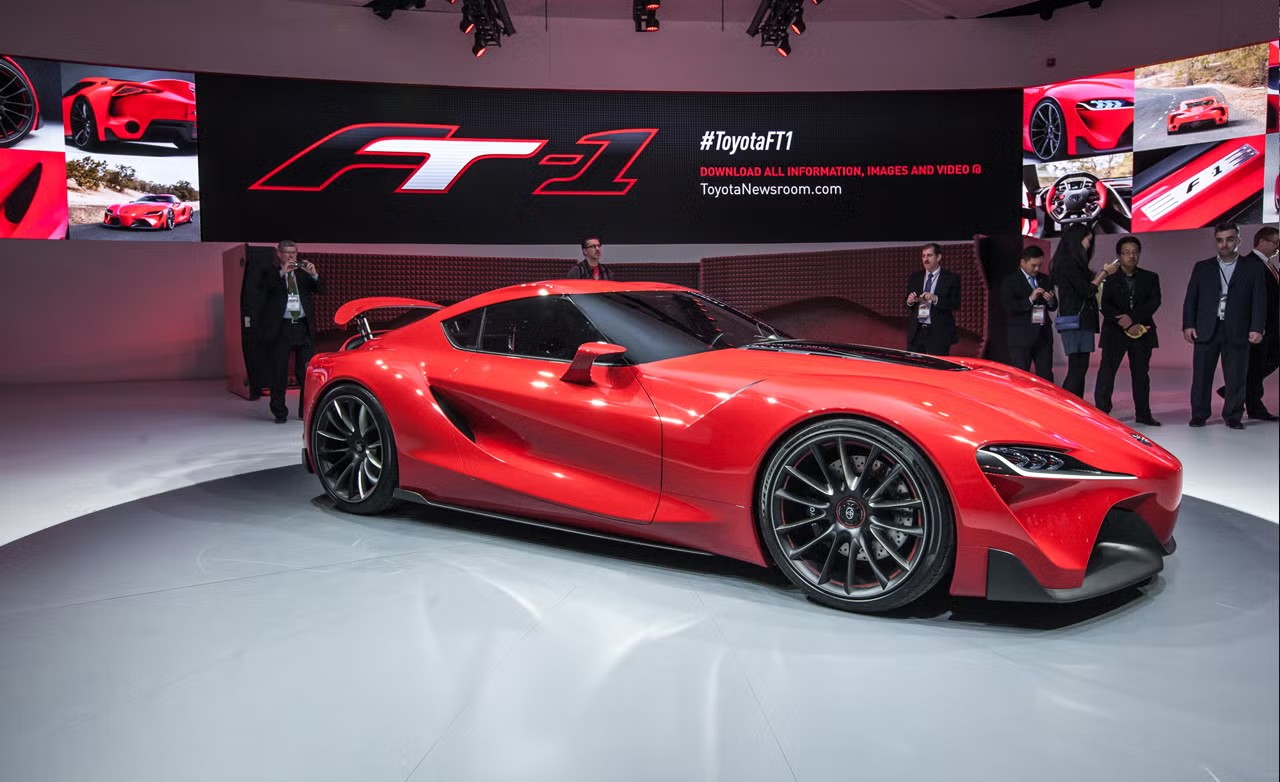
Toyota Needs Supra to Change Its Brand Image
After Toyota's massive recall in 2009, its brand image became somewhat "conservative and uninteresting," even though household models like the Corolla, Camry, and RAV4 sold well.
In 2012, Akio Toyoda became the president. This "racer president," who races under the alias "Morizo," even participated in the Nürburgring 24-hour endurance race with a Camry, became a driving force behind the return.
First, they collaborated with Subaru to develop the 86, and in 2017, they established the Gazoo Racing (GR) high-performance division. The revival of the Supra became the key model for the GR brand.
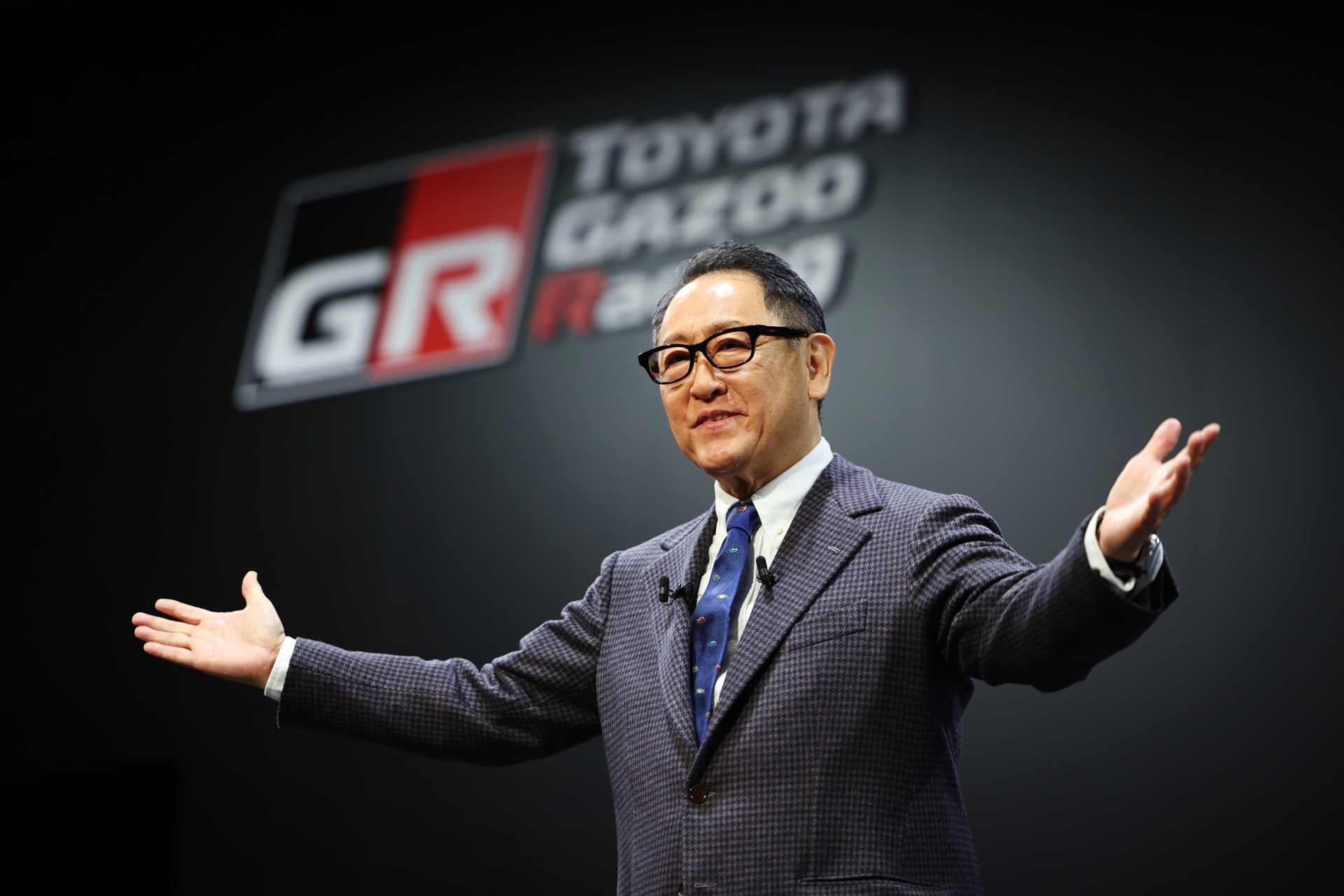
"The Supra isn't about making money; it's about proving Toyota can still build sports cars."
Akio Toyoda's objective was clear: the Supra's mission was not profitability, but to establish a benchmark for the GR division.
As a GR executive noted, without the Supra, subsequent models like the GR Yaris and GR Corolla would have struggled to gain market acceptance.
The data also shows that after the Supra's release in 2019, global awareness of the GR series surged by 300%. In Japan, GR Yaris' sales in a year even reached 15 times that of the Supra.
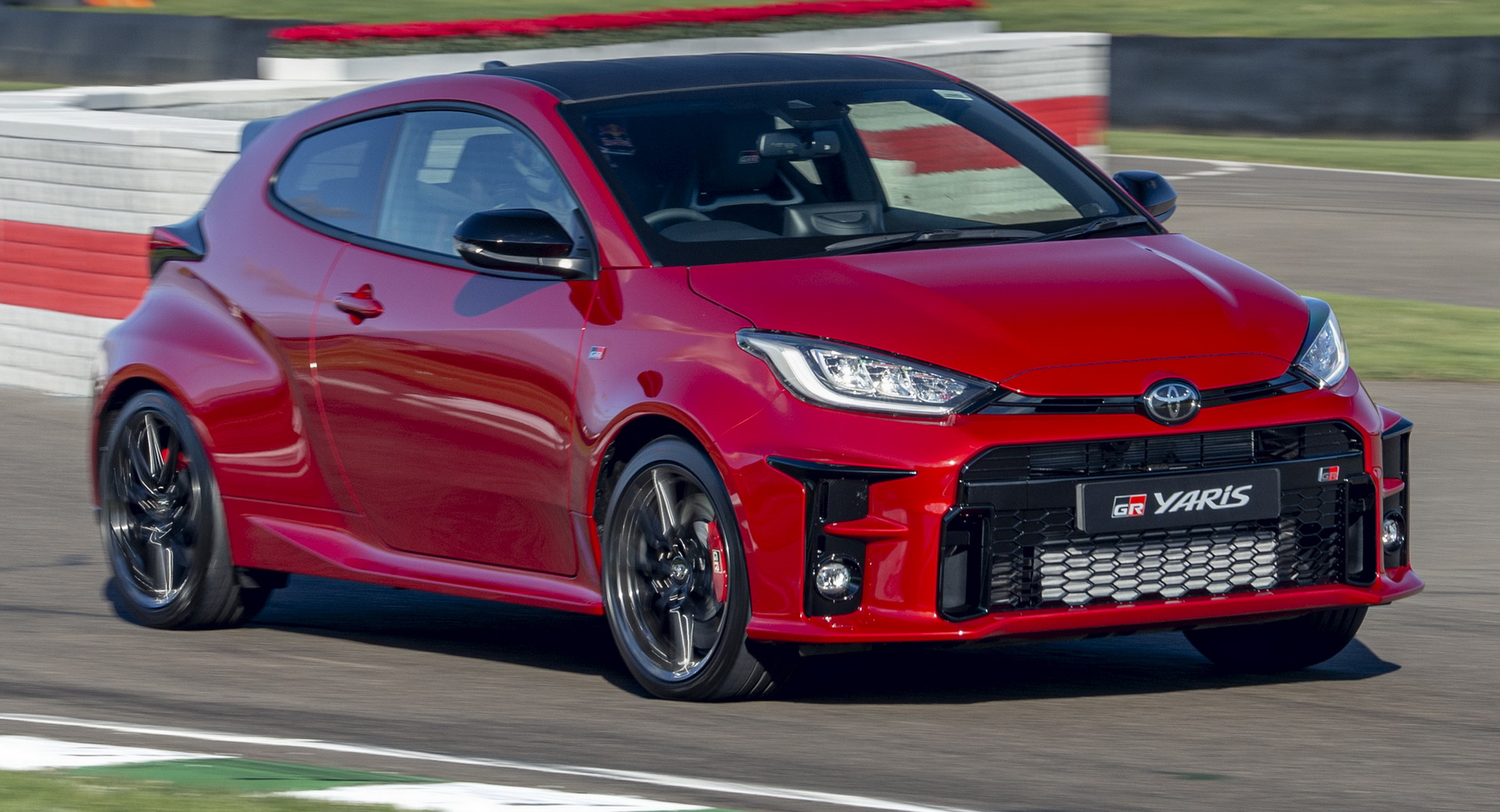
How Difficult is Supra's Road to Revival?
The Supra's path to revival was fraught with challenges from the very beginning. It faced severe opposition from the internal board of directors, compounded by a gap in Toyota's own development capabilities. This ultimately forced the company into a partnership with BMW—a collaboration that would prove to be far from smooth.
The Board Almost Completely Opposed the Revival of Supra
In the early 2010s, when Akio Toyoda proposed reviving the Supra, the board was almost entirely opposed. The core reasons were twofold: the cost and the risks were too high.
The 2JZ engine had been out of production for 20 years, and Toyota's engine lineup at the time lacked a suitable straight-six turbo powertrain. Developing a brand-new high-performance engine would require billions of dollars and would struggle to meet the latest emissions standards in Europe and the U.S. (such as Euro 6d, EPA Tier 3).
Furthermore, the TNGA platform was predominantly designed for front-wheel-drive layouts. Developing a dedicated rear-wheel-drive platform for the Supra would have been prohibitively expensive.
Compounding this was the Supra's positioning in a niche segment—the global sports car market accounted for less than 1% of total sales. The board calculated that developing the Supra in-house would require selling 100,000 units just to break even. However, the entire global sports car market at the time moved only a few hundred thousand units annually, making the risks far outweigh the potential rewards.
Given that Toyota's strategic focus at the time was on hybrids (like the Prius) and SUVs (like the RAV4), performance cars were seen as a financially untenable. The shadow of the discontinuation of the Supra, Celica, and MR2 in the 2000s still loomed large.
“If we want a pure, authentic Toyota Supra, we might have to wait another 10 years and invest another $10 billion, but fans can’t wait that long.”
Akio Toyoda expressed his helplessness. In the end, they could only partner with BMW to share platforms and technology to split the costs.
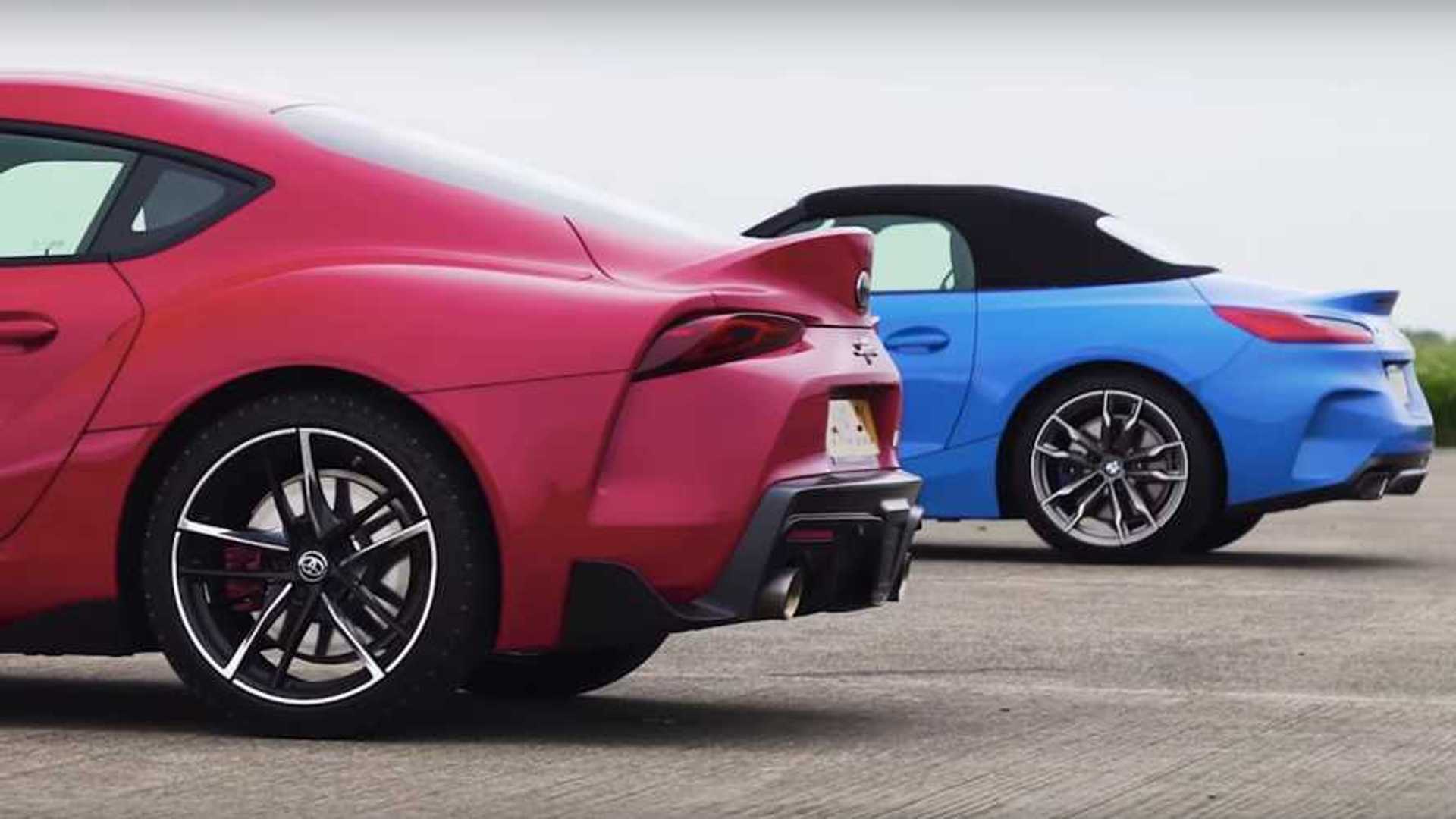
The Unpleasant Development Process with BMW
Akio Toyoda's expectation for the Supra was for it to rival the Porsche 911, specifying requirements such as "over 400 horsepower" and a "Nürburgring lap time under 7 minutes and 30 seconds."
However, BMW directly stated that the "Z4 is positioned as a comfortable GT sports car," and thus the Supra could only be positioned between the Porsche Cayman and the Mercedes-Benz SL, asserting that "surpassing the 911 is impossible."
In the end, the Supra 3.0T version achieved a maximum horsepower of only 387 (GRMN version) and a Nürburgring lap time of 7 minutes and 52 seconds, which was 3 seconds faster than the Z4 but 10 seconds slower than the Porsche 718 Cayman S.
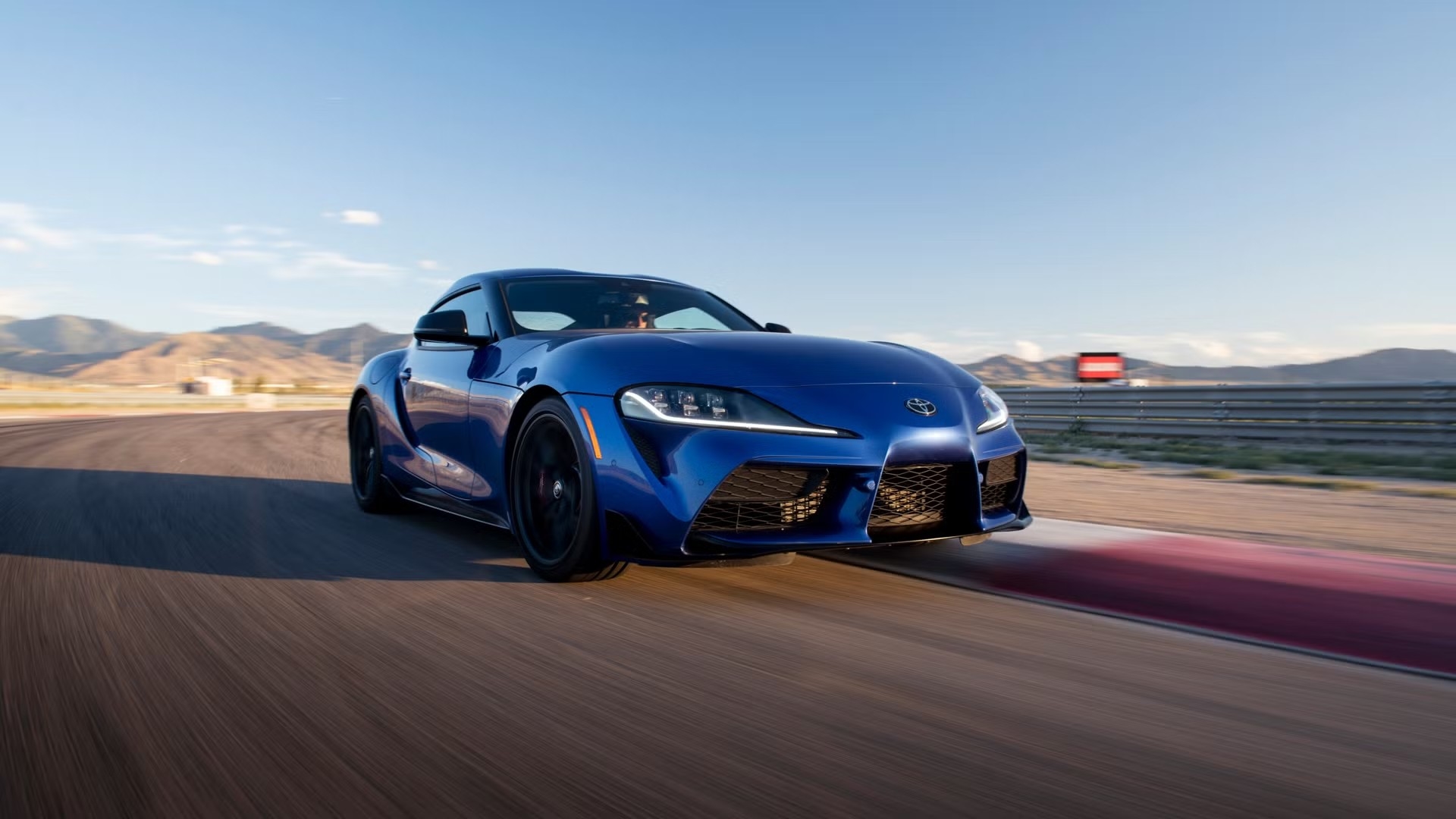
At the start of the collaboration, Toyota's engineers went to Munich to participate in the tuning. However, midway through, BMW said, "We have more confidence in our own tuning," and requested the Toyota team's return to Japan, leaving BMW to complete the Supra's development independently.
What frustrated Toyota even more was that the request for a manual transmission version was delayed for 4 years (released only in 2023), and the transmission was still provided by BMW. The shifting feel was calibrated to BMW's preferences, favoring smoothness over the sharp, mechanical 'aggressiveness', falling short of the "aggressiveness" that JDM fans were expecting.
Therefore, the Toyota engineers involved in the project later openly stated, "We will never cooperate with BMW again."
The GR department has since shifted to independent development, with subsequent models like the GR Yaris and GR Corolla utilizing Toyota's own technology.

What will the next-generation Supra be like?
The Supra, which will be discontinued in 2026, leaves behind a legacy of unfulfilled potential. However, what the Supra A90 failed to achieve has pointed Toyota towards the direction for the next generation.
Three regrets of the A90: Discrepancies in heritage, performance, and market
At its core, the BMW-sourced Z4 platform stripped the Supra of its essential JDM character. The entire powertrain (the B58 engine and ZF 8AT) was reliant on BMW, restricting Toyota to only superficial modifications. Critical systems like the ECU and turbo boost mapping were locked down by BMW, resulting in tuning potential that was severely limited, especially when measured against the iconic 2JZ.
According to 2023 data from Japan's Upgarage, 80% of Supra modifications are merely in appearance, whereas the A80 still frequently appears on the power modification charts to this day.
The Supra's performance failed to meet JDM fans' expectations for pure performance, and due to its Z4 chassis, it also lacked competitiveness in the high-end market.
The North American 3.0T version starts at $53,000, which is $12,000 more expensive than the Nissan Z, while offering only marginally better performance.
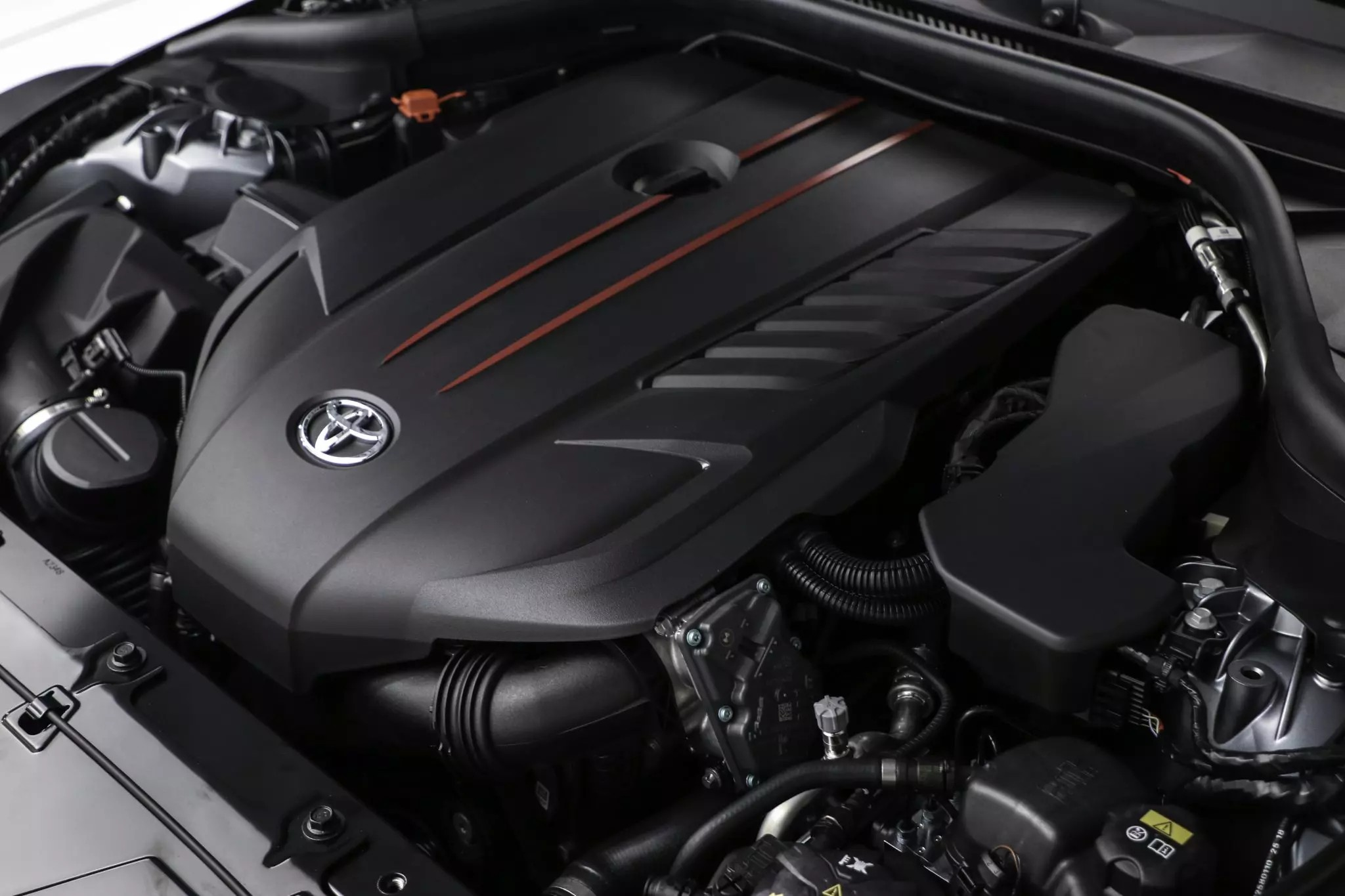
The next generation Supra might start electrification
While the A90 is bowing out, the Supra story isn't over for Toyota. The automaker secured the trademarks "Supra HV" (hybrid) and "Supra BEV" (pure electric) with the European Patent Office in 2023. Aligning this move with broader industry shifts and Toyota's technological strategy offers an educated glimpse into the next chapter:
A hybrid Supra may debut around 2028-2029
Using an improved TNGA-L platform (but with a focus on lightweighting to address the current weight issue), equipped with a Lexus-sourced 3.5L V6 hybrid system (with a combined output of over 500 horsepower), an all-electric range of approximately 50 km to meet emission requirements, retaining the front-engine, rear-wheel-drive layout and manual transmission option.
The price is anticipated to start around $75,000, positioned above the GR Corolla but below the flagship Lexus LC. The design is expected to draw heavily from the FT-1 concept, preserving its fastback profile while incorporating retro-inspired elements like circular taillights.
Limited release of a fuel-powered Supra
In a move driven purely by nostalgia, Toyota could offer a limited-run, gasoline-only variant. This model would likely employ Toyota's in-house 3.0T inline-six (codenamed "T50A-FTS," boasting over 450 hp) as a final tribute to the internal combustion engine.
Yet, due to tightening emissions standards, its availability would be restricted to Japan and parts of North America. With an annual cap below 1,000 units, it would serve as the last hurrah for the petrol-powered JDM Supra.
Launch a fully electric Supra after 2030
Based on Toyota's solid-state battery technology, featuring dual-motor all-wheel drive (0-100km/h acceleration within 2.5 seconds, range over 600km), with a more futuristic design (referencing the FT-Se concept car).
However, without the engine's sound and the sensation of shifting gears, Supra's "soul" might spark debate again.
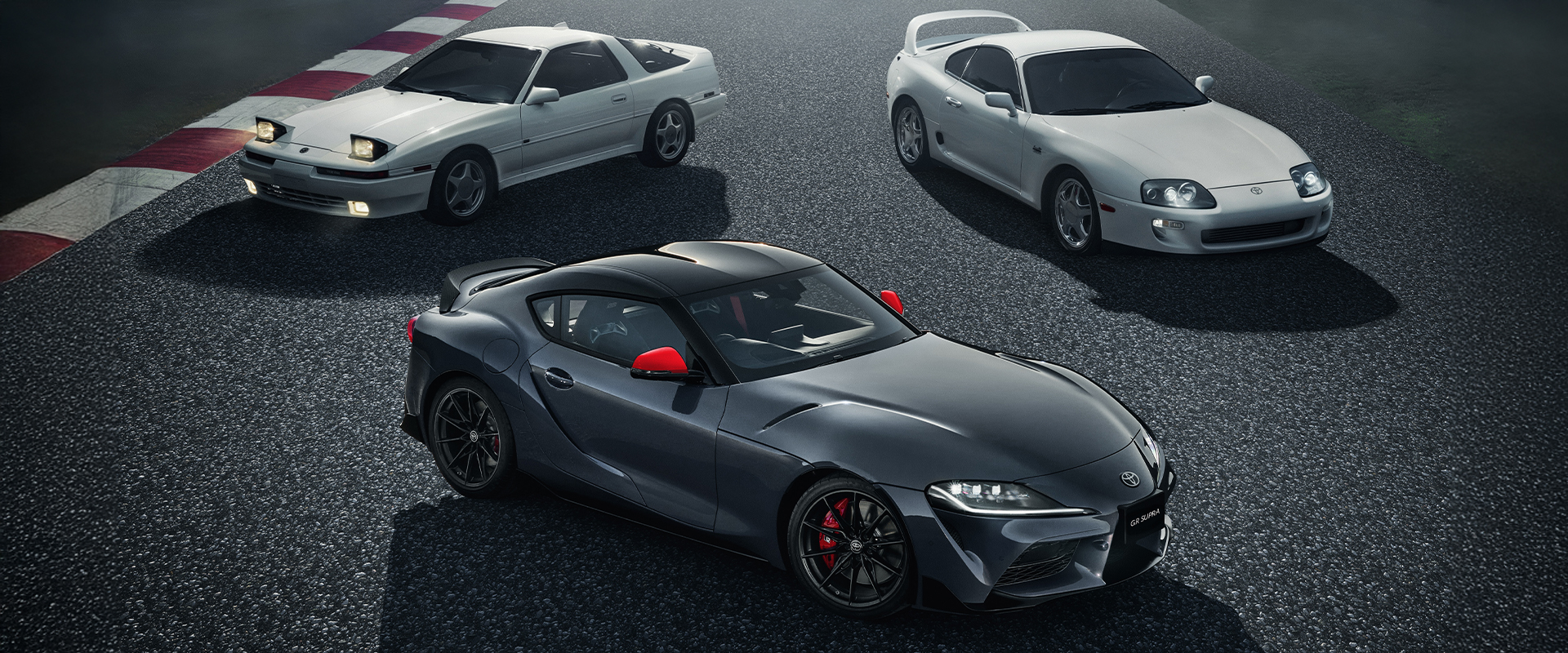
How should I put it, as Akio Toyoda said: "Supra embodies the soul of Toyota." Whether the next generation is hybrid or fully electric, the continuation of the Supra nameplate signifies Toyota's commitment to the "joy of driving."
If any infringement occurs, please contact us for deletion
Trending News

2026 Malaysia EV Road Tax Policy Analysis: Costs and Opportunities After the End of Exemptions
As December 31, 2025, approaches, electric vehicle owners in Malaysia will face a significant policy turning point — the four-year electric vehicle road tax exemption policy is coming to an end. Starting from January 1, 2026, all electric vehicles will be subject to an annual road tax based on a new power-based tiered tax system. This change marks a transition for Malaysia's electric vehicle market from a policy-driven phase to a new stage of market-oriented development, bringing new considerations for both consumers and the industry.

The fifth-generation Geely Emgrand car photos released, with upgrades in body size and power system
As a family sedan with cumulative sales exceeding 4 million units in China, the new generation Emgrand will further consolidate Emgrand's competitive position in the sedan market through stronger product capabilities.

BYD Sealion 7 is not only cheaper than Tesla Model Y, what other differences do they have?
Is it better to buy the BYD Sealion 7 or the Tesla Model Y? This really makes one a bit hesitant, but before you make a decision, I recommend you take a good look at this article.

Toyota Land Cruiser FJ did not disappoint, the most anticipated civilian off-road vehicle is back.
Since its birth in 1951 under the name Toyota BJ, the Land Cruiser series has accumulated sales of approximately 12.15 million units in over 190 countries and regions worldwide, becoming a global off-road icon spanning more than 70 years.

The all-new Proton X50 has sold over 6,000 units in a month and a half since its launch, becoming the champion in its segment.
Market data shows that the Proton X50 achieved a delivery volume of 999 units within the first five working days after its launch, and by the end of July, its production scale reached 2,000 units.
Popular Cars
Car Compare
Model Year
car model

